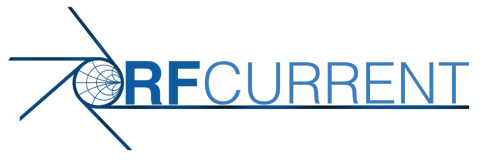Manual tuning of a multi-resonator bandpass filter is an expert job. It takes time to learn it and not everyone can become real good at it. The extreme sensitivity of the passband return loss to the resonator tuning is the main reason for the difficulty level of filter tuning. Systematic approaches based on analysis and diagnosis of the measured polar S11 response exist for filters without cross-couplings (Milton Dishal), but fine-tuning still involves many explorative/iterative tuning steps and can become very frustrating for the learner. Manual production tuning of some filters can take hours and is therefore slow and adds significant cost.
Computer-aided-tuning – CAT can be used for many types of filters, however it is nowadays mainly used for tuning narrowband coupled resonator filters with one or with multiple cross-couplings.
CAT – computer aided filter tuning – was introduced in the 1990’s in the satellite filter industry and has since been adopted elsewhere. CAT is computationally intensive and therefore it greatly benefited from the increase in computer CPU speed at the end of the last century. A vast amount of literature exists. Naturally, there are a number of different approaches to CAT. Traditional CAT is based on matching/fitting the elements of a lumped element filter circuit model to a measured filter response in terms of port S-parameters by using a mathematical error minimization process (optimisation). The ‘error’ is usually defined as the difference between S-parameters obtained from measurement and from circuit analysis. After minimizing the ‘error’, the tuning status of the real filter is given by the difference between actual filter parameters and nominal filter parameters. When this difference is minimal or zero, the filter is tuned and the filter response fulfills all specifications. One has to keep in mind here, that a certain desired filter response relates directly to a filter circuit model having exactly the element values (nominal coupling matrix elements) that produce the desired filter response. CAT filter tuning usually takes only minutes and all operator tuning actions are aimed at improving the tuning status in the sense of convergence. Exploratory adjustments, often required in manual filter tuning, are not involved when CAT is used. CAT makes the interior of a filter transparent to the tuning operator. Good CAT programs allow perfect filter tuning without the need for any post-CAT manual fine-tuning.
Mechanical pre-setting of adjustable couplings and resonators is usually required, because the CAT filter circuit model has a limited capability in terms of synchronising with a measured filter response that is far from the desired filter response. Advanced methods exist however, which allow the CAT tuning of a filter from scratch. The optimisation-based CAT process is computationally expensive as a large amount of swept frequency data needs to be processed repeatedly within very short time intervals. During every interval the filter lumped circuit model needs to be analysed repeatedly to suit the needs of the optimisation subroutine. Fast algorithms together with efficient mathematical subroutines and special techniques involving the customised composition of the error-function (also called: cost function) help minimise the computational effort.
